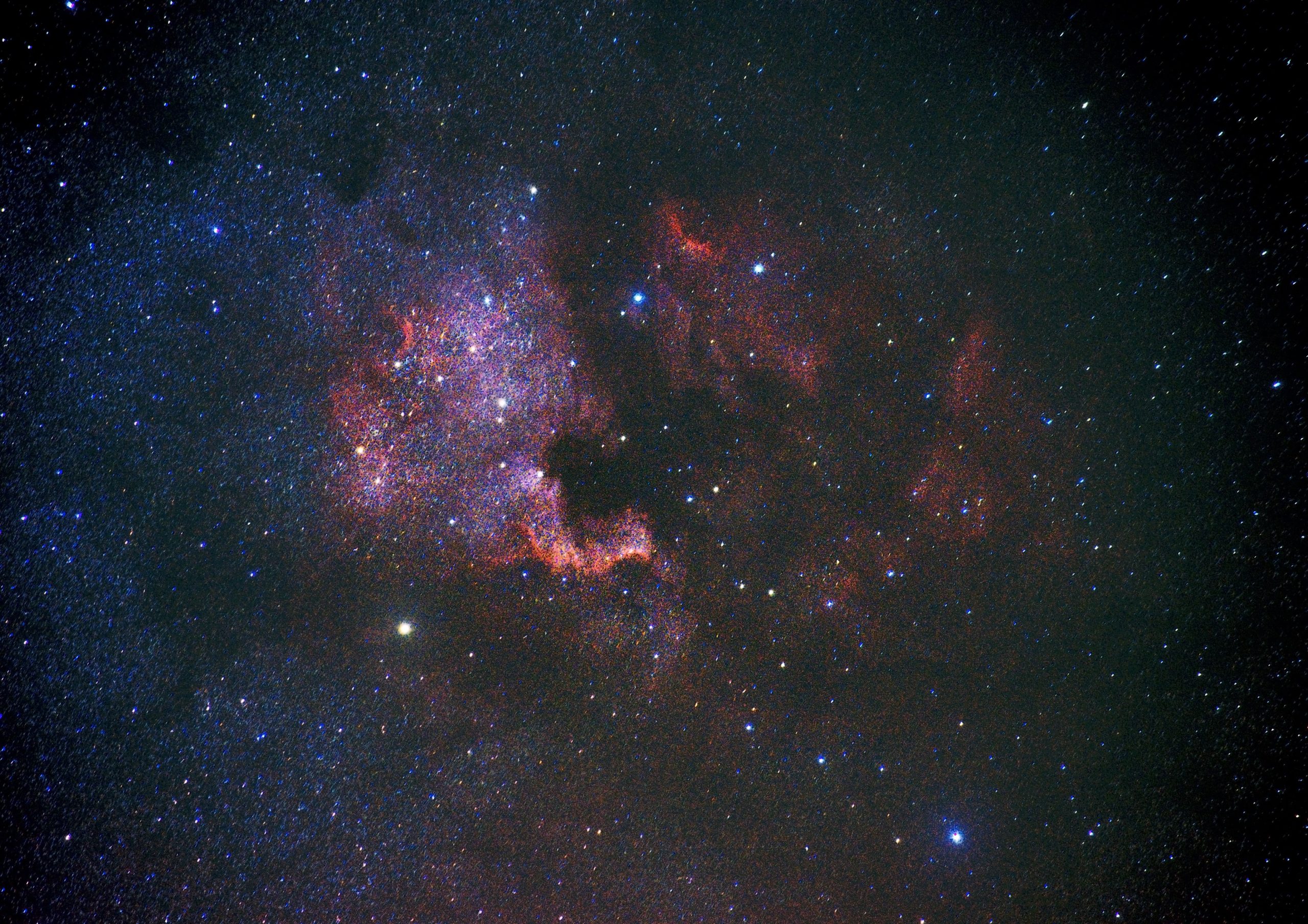The Lunar Cycle in Order: Phases, Eclipses, and Tides
The moon has captured humanity’s imagination for millennia. Its gentle glow and ever-changing shape have fascinated cultures across the world, influencing religious beliefs, artistic expressions, and even scientific endeavors. Understanding the lunar cycle is essential for anyone keen to explore the celestial wonders and dynamics of our nearest neighbor in space. In this blog post, we will delve into the intricacies of the lunar cycle, exploring its phases, eclipses, and the fascinating connection it has with Earth’s tides.
1. The Phases of the Moon
The lunar cycle consists of eight distinct phases, each marked by the moon’s position relative to the Earth and the Sun. These phases are:
| Phase | Description |
|---|---|
| New Moon | The moon is between the Earth and the Sun, with the side illuminated by the Sun facing away from us. |
| Waxing Crescent | A small, crescent-shaped portion of the moon becomes visible. |
| First Quarter | Half of the moon is illuminated on the right side, resembling a capital “D” shape. |
| Waxing Gibbous | The illuminated portion of the moon continues to grow larger, and more than half is visible. |
| Full Moon | The entire side of the moon facing the Earth is illuminated, presenting a circular shape. |
| Waning Gibbous | The illuminated portion of the moon begins to shrink, still more than half is visible. |
| Last Quarter | Half of the moon is illuminated on the left side, resembling a lowercase “d” shape. |
| Waning Crescent | A small, crescent-shaped portion of the moon remain visible as it approaches the New Moon phase. |
These phases occur due to the relative positions and angles between the Sun, Earth, and the moon:
- During a New Moon, the moon is positioned between the Sun and Earth, with its illuminated side facing away from us.
- As the moon orbits the Earth, we gradually start to see a small portion of the illuminated side, leading to the Waxing Crescent phase.
- At the First Quarter phase, the moon is at a 90-degree angle from the Sun and Earth. Half of the lit side is visible from Earth.
- The moon continues on its orbit, and more of the illuminated side becomes visible during the Waxing Gibbous phase.
- When the moon is directly opposite the Sun from Earth, we witness a Full Moon, with the entire illuminated side visible.
- After the Full Moon, the visible illumination begins to decrease, leading to the Waning Gibbous phase.
- At the Last Quarter phase, the moon is again at a 90-degree angle from the Sun and Earth, but the opposite side is illuminated.
- Finally, the moon appears as a thin crescent, and the cycle starts anew with the next New Moon.
Understanding the lunar phases can enhance stargazing experiences, help plan moonlit activities like hiking or photography, or simply satisfy your curiosity about the cosmos.
2. Lunar Eclipses
While the regular lunar cycle showcases the moon’s beauty, there are occasional notable events that alter its appearance in a phenomenon known as a lunar eclipse. Lunar eclipses occur when the Earth passes between the Sun and the moon, casting a shadow on the moon’s surface.
There are three types of lunar eclipses:
- Total lunar eclipse: This occurs when the Earth completely blocks direct sunlight from reaching the moon, resulting in the moon taking on a reddish hue often referred to as the “blood moon.” Total lunar eclipses are awe-inspiring events that beautifully showcase the mechanics of our solar system.
- Partial lunar eclipse: In a partial lunar eclipse, only a portion of the moon crosses through the Earth’s shadow, resulting in a less dramatic and visible dimming of the moon.
- Penumbral lunar eclipse: This kind of eclipse occurs when the moon passes through the Earth’s penumbra, or the outer part of its shadow. Penumbral eclipses are the subtlest and least noticeable, with only a slight dimming or darkening of the moon.
Since the moon’s orbit is slightly tilted with respect to Earth’s orbit around the Sun, lunar eclipses don’t happen during every full moon. They are relatively rare events and can be observed globally during the appropriate phase.
3. Tides: A Lunar Connection
Beyond its visual allure and its involvement in eclipses, the moon plays a critical role in shaping Earth’s tides. Tides are the rise and fall of sea levels caused by the combined gravitational pull of the moon and the Sun on Earth’s waters.
The moon’s gravitational force exerts a greater influence on tides due to its proximity to Earth. The interplay between the moon’s gravity and Earth’s rotation creates a tidal bulge on either side of the planet, resulting in two high tides and two low tides every 24 hours and 50 minutes.
The alignment of the Sun, Earth, and moon during the New Moon and Full Moon phases creates particularly intense tidal effects known as spring tides. These stronger tides are responsible for higher high tides and lower low tides.
During the phases between the First Quarter and Last Quarter, when the moon and the Sun are at right angles to each other relative to the Earth, neap tides occur. Neap tides are weaker and result in smaller tidal variations.
Conclusion
The lunar cycle, with its mesmerizing phases, occasional eclipses, and interplay with Earth’s tides, offers a captivating glimpse into the cosmic ballet occurring above us. By embracing the understanding of the moon’s movements, we can deepen our appreciation for the natural wonders of our celestial neighbors and unravel the mysteries of our universe.
So, the next time you gaze up at the night sky and see the moon, remember that it’s not just a beautiful object but a dynamic companion guiding the rhythms of our planet.
Table of Contents
